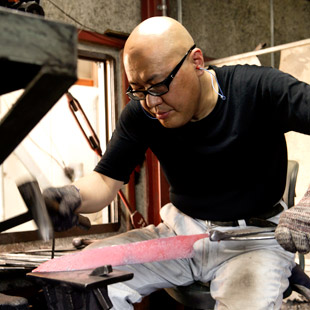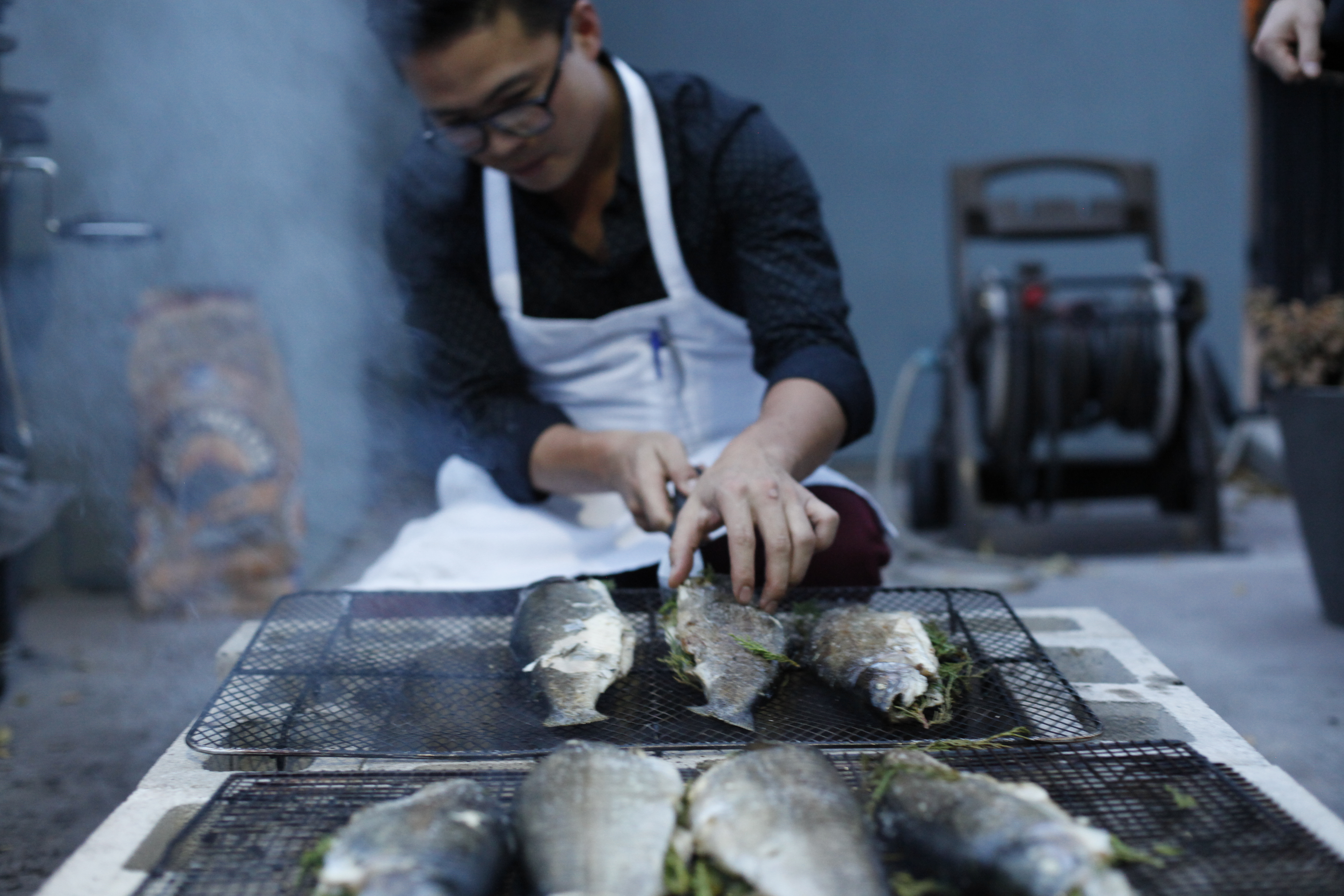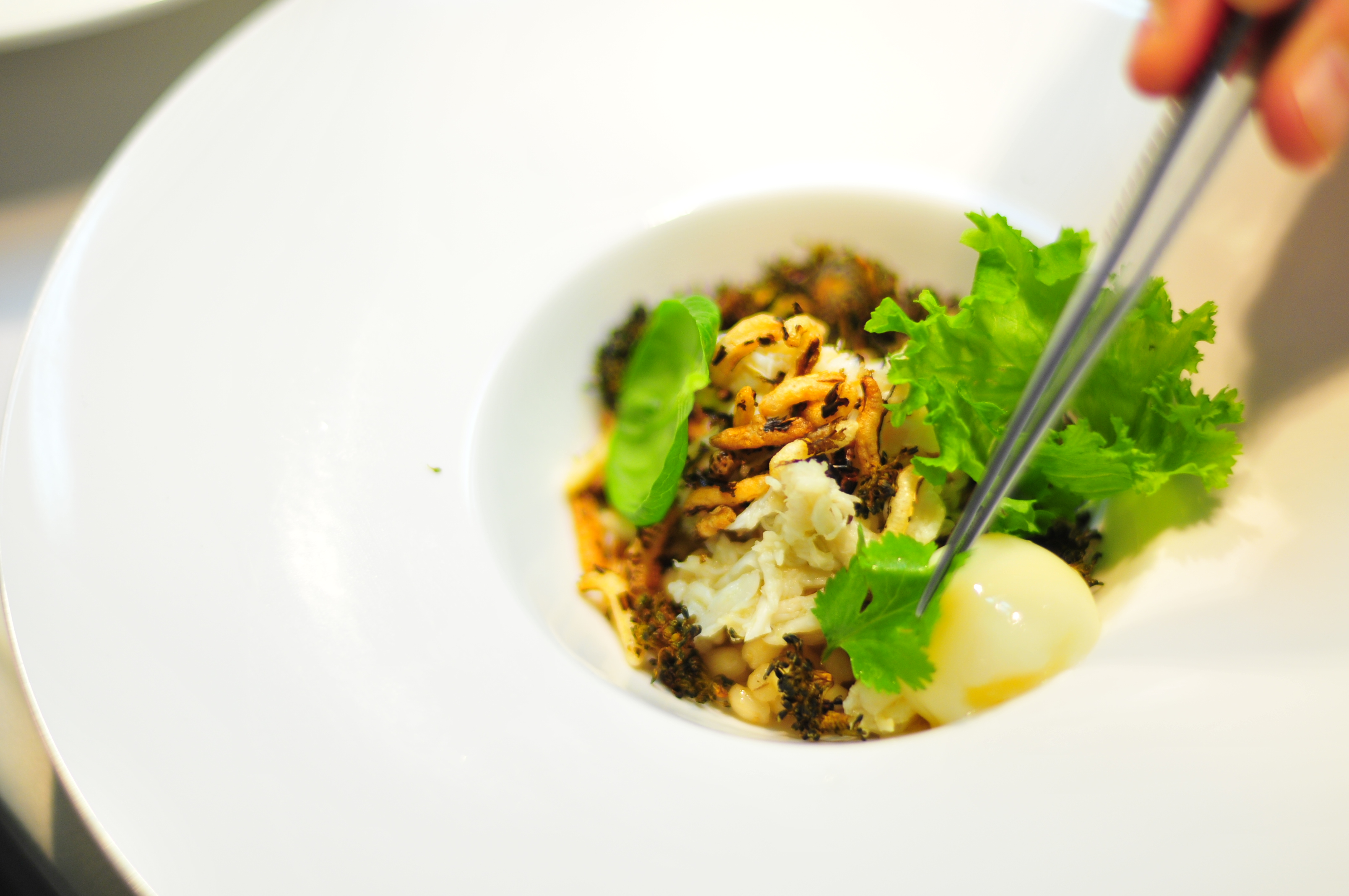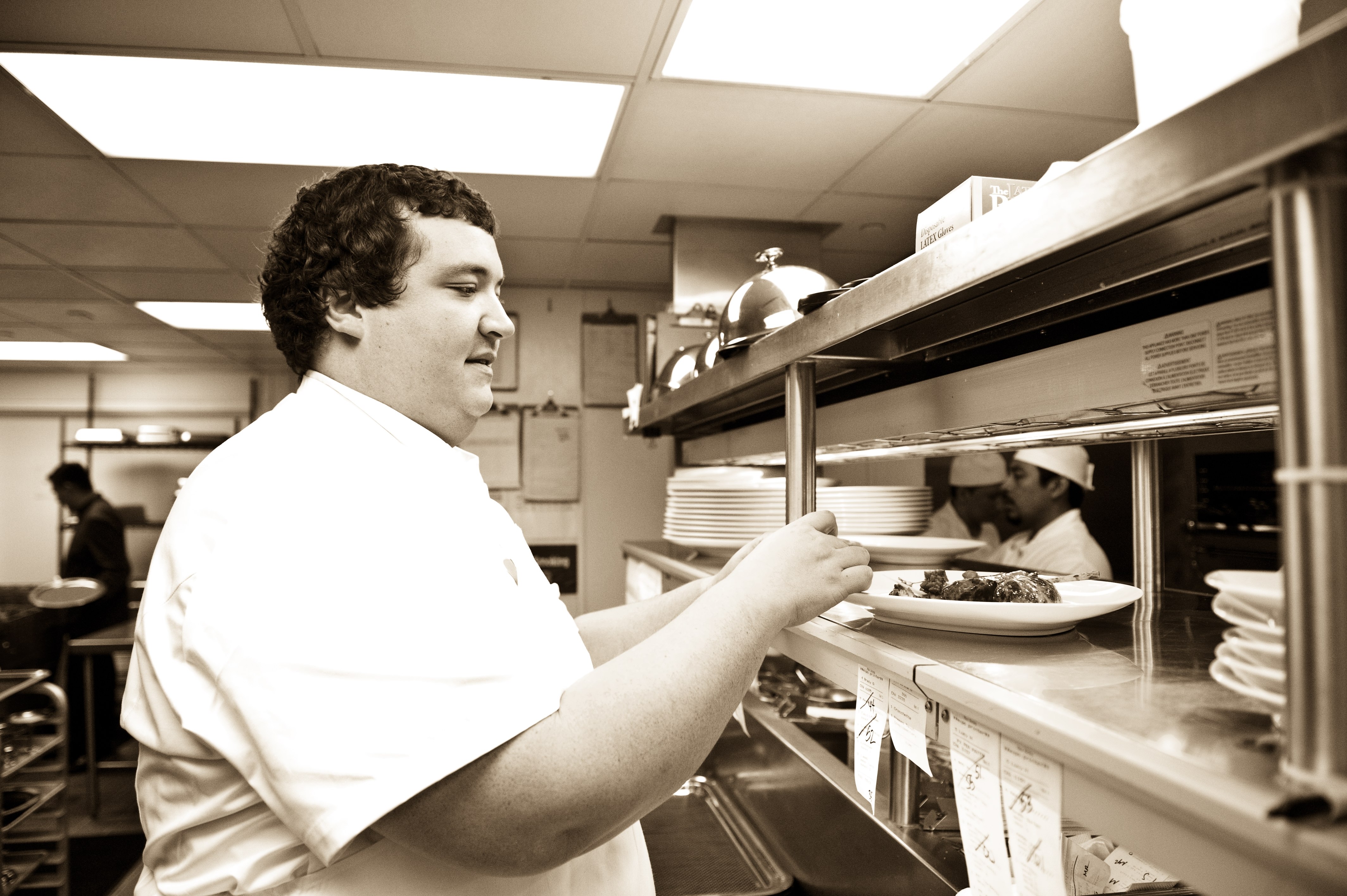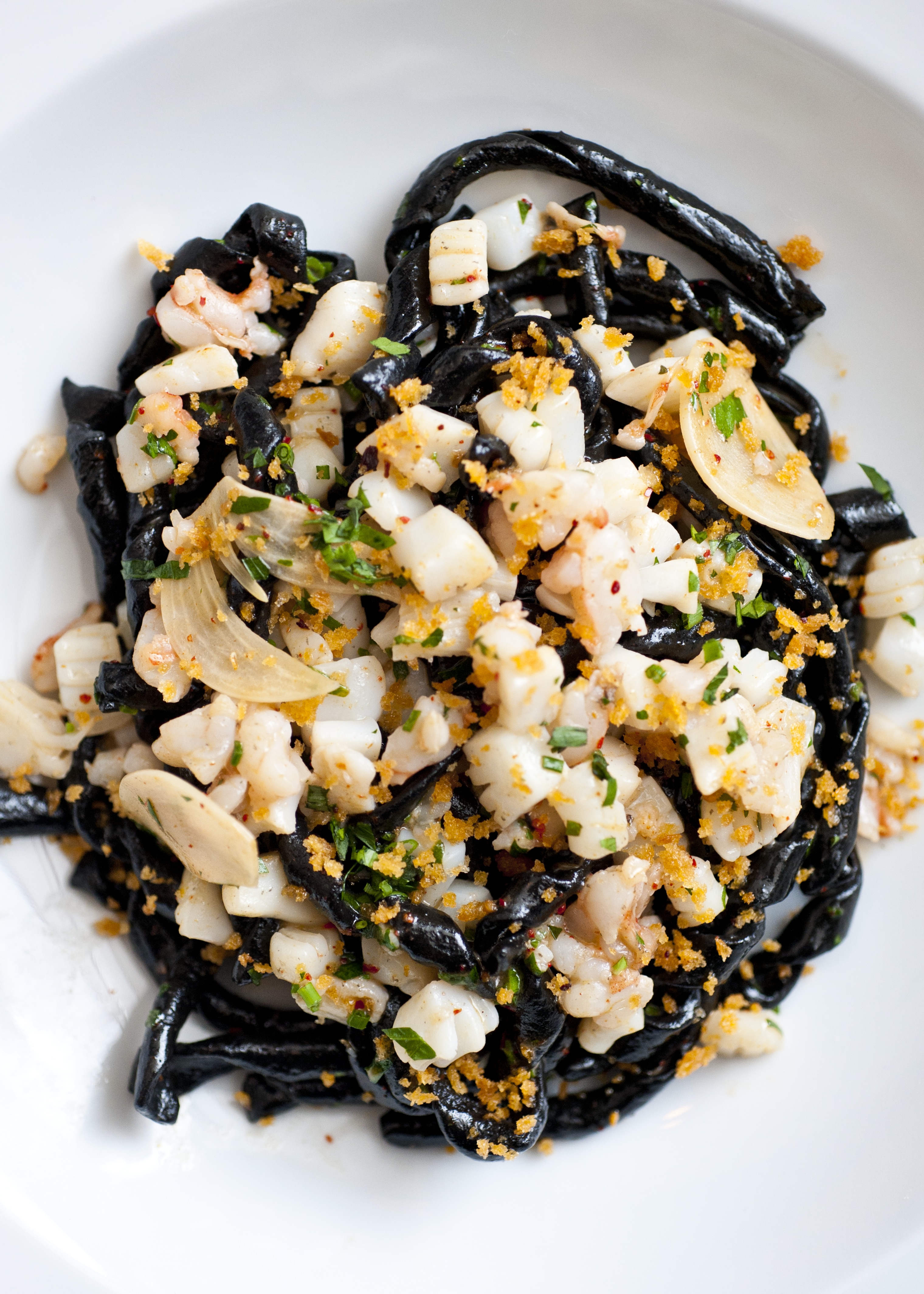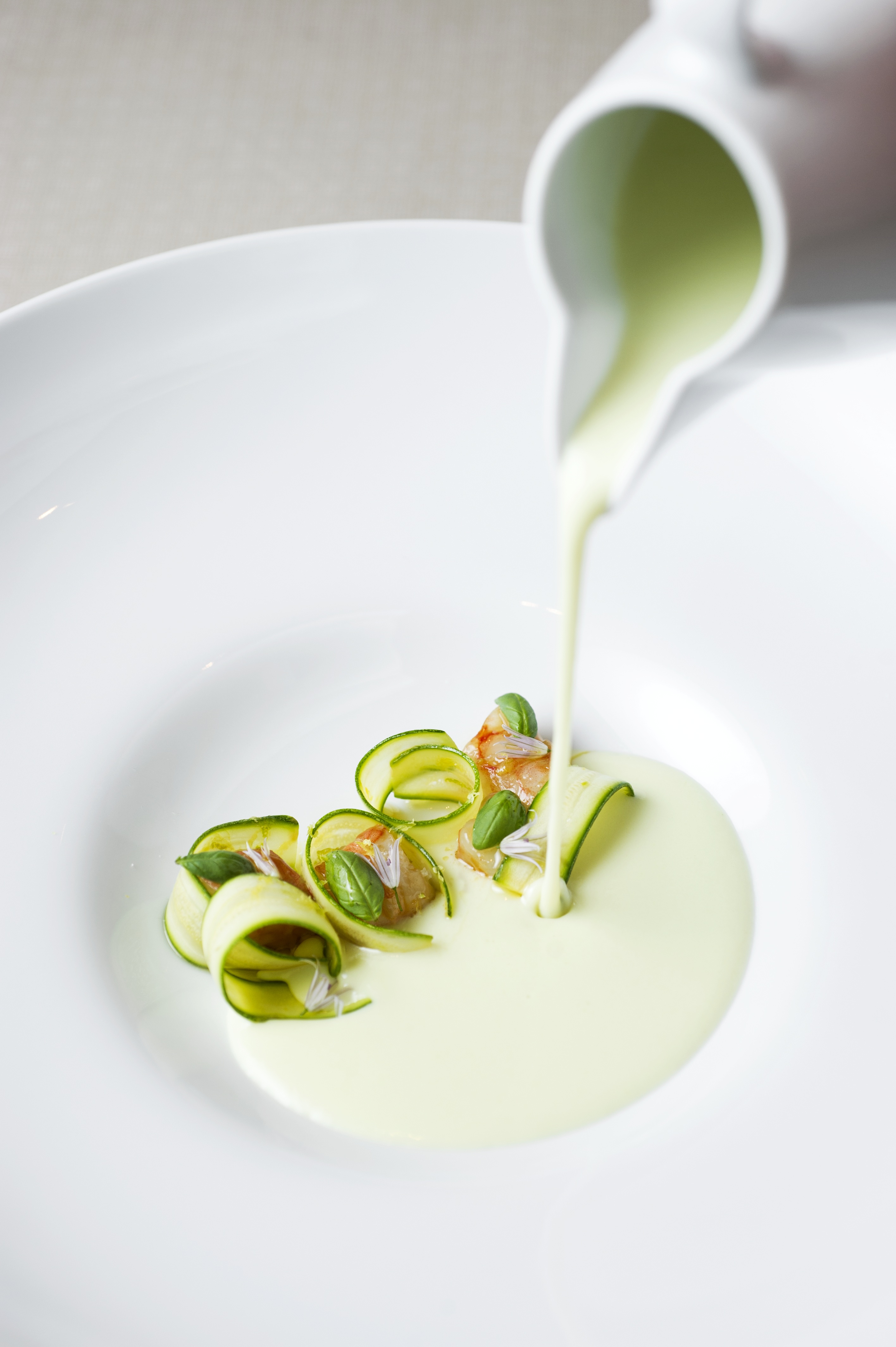We had an opportunity recently to sit down with Chef Chris Cosentino to discuss his culinary background, how he got into offal cookery and his favorite spots to eat in San Francisco and beyond.
How did you get into cooking initially and what is your food background?
My first job was as a dishwasher at an IHOP. Growing up in New England, I also worked on local fishing boats, lobstering and repairing fishing nets with a neighbor who was a fishing captain. Later, I went to culinary school at Johnson & Wales and after graduation I moved to Washingon D.C. to work with Mark Miller at the Red Sage and later at restaurants including Rubicon, Chez Panisse, Belon, and Redwood Park in the Bay Area. I became Executive Chef at Incanto in 2002 and have been here ever since.
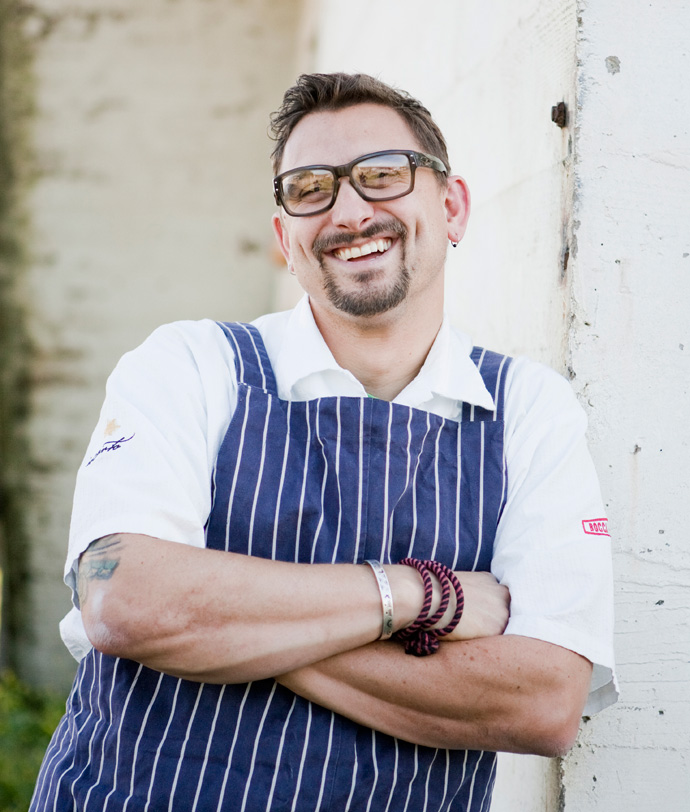
Who have some of your mentors been both in and out of the kitchen?
Mark Miller taught me to look at history to understand the culture and techniques of cooking. Jean-Louis Palladin had so much passion and love of the craft; he was a true chefs’ chef. Fergus Henderson helped open my eyes to the deliciousness of offal cookery and is just an all around fun guy to be around. Really, there are so many chefs that inspire and amaze me that I could go on forever.
In the U.S., you’ve been a pioneer in nose to tail eating. What inspired you to cook this way and how have diners’ perceptions changed over the years?
I helped out at an animal harvest and saw how much was being thrown away and I swore that I wouldn’t do that anymore. But, the thing about it is that I am not doing anything new. I am just bringing back old recipes that have been put to rest. These are viable cuts of meat that are eaten around the world. Why did we stop eating them? My goal was, and still is, to get people to give these cuts of meat a try. Now, I see more and more diners that seek me out specifically to experience offal for the first time or in a new way.
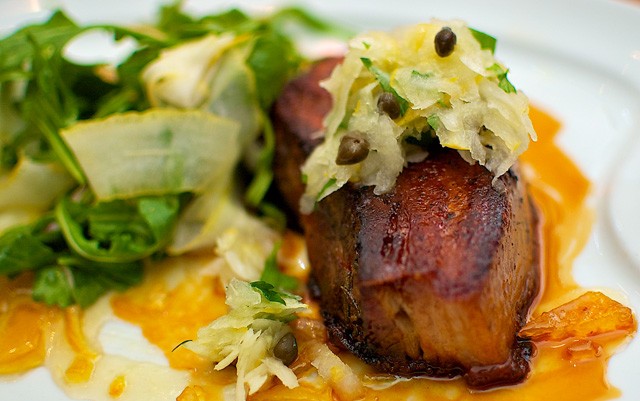
What’s the creative process for you in creating new dishes at Incanto?
It all starts with the product and then it is just a flow of flavors in my head. I taste the ingredients together before I even start to cook. I want to make sure they are going to work well together. Sometimes, it’s about a texture combination or adding umami to a dish or just using enough acid and herbs to get a balanced dish. Each time is a bit different but the end goal is to make it delicious. If it’s not, it doesn’t make the menu.
Are there any ingredients or cooking techniques you are particularly inspired by at the moment?
I am inspired by so many different techniques and right now I am reading a lot of old cookbooks and getting re-inspired by the classics. It’s amazing what could be done back in the day without all the fancy equipment we have now, like in the days of Escoffier.
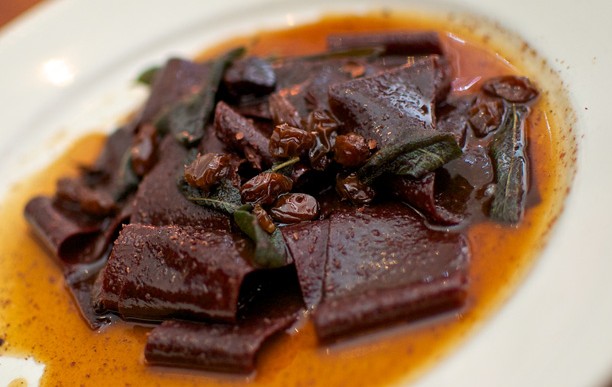
Since Incanto opened in 2002, how has the restaurant evolved? How has the San Francisco dining scene evolved?
The city is forever evolving and at the restaurant I am trying everyday to improve the guests’ experience, with both the food and the service. We did a small remodel a few years ago and continually look for ways to enhance the experience.
What are your thoughts on culinary school? Do you feel it’s necessary?
I think culinary school depends on the person. Some need the direction and thrive in that environment. But, I do find it to be very expensive and can be misleading if grads think it will surely lead them to a future of fame, fortune and grandeur. At the end of the day, the most important trait you bring to the table is a strong work ethic.
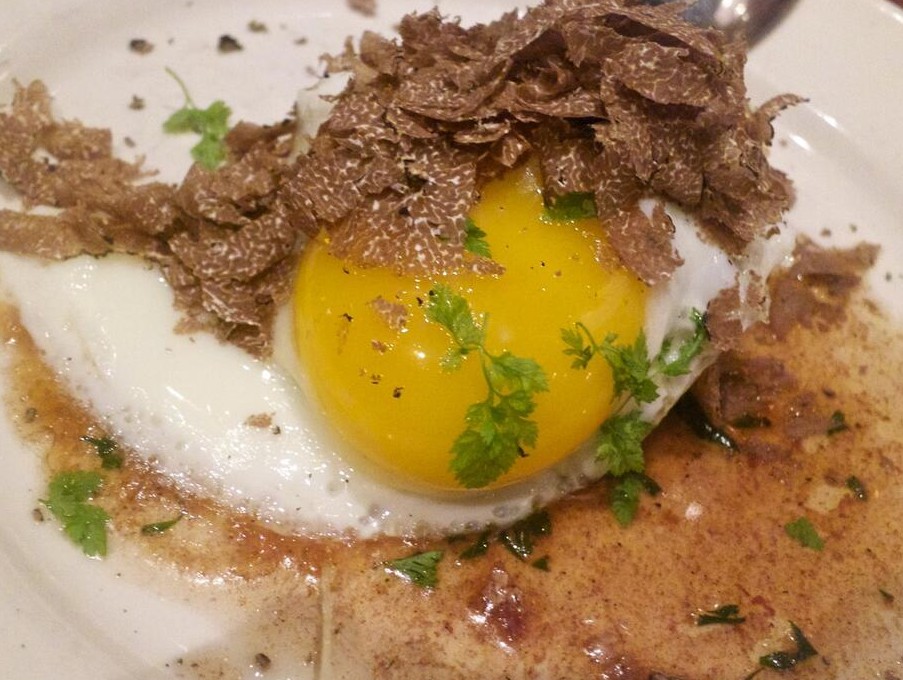
As a chef who has had great success with food television, what are your thoughts on how Food Network and others are affecting food culture in the U.S?
Food television has been positive in many ways, but with every positive comes negatives. There are many people around the country now who are eating better and cooking at home because of food TV. There are also a lot of young cooks who only want to be on TV but don’t want to put in the time to really know what they are doing.
What are some of your favorite places to eat in San Francisco or elsewhere?
There are so many incredible places to eat that it’s hard to just pick one. In Chicago, it’s Blackbird and Publican. In New York, it’s Takashi, Empellon, and Hearth and in San Francisco, it’s State Bird Provisions.

Any words of advice to young cooks starting out?
Eat out at great restaurants where you think you might want to work. Read cookbooks and work your ass off. Listen and learn. It’s not personal, it’s business. Make sure that every dish is so perfect you would serve it to your grandmother. Listen, take notes, come prepared, keep your knives sharp and never be late.


